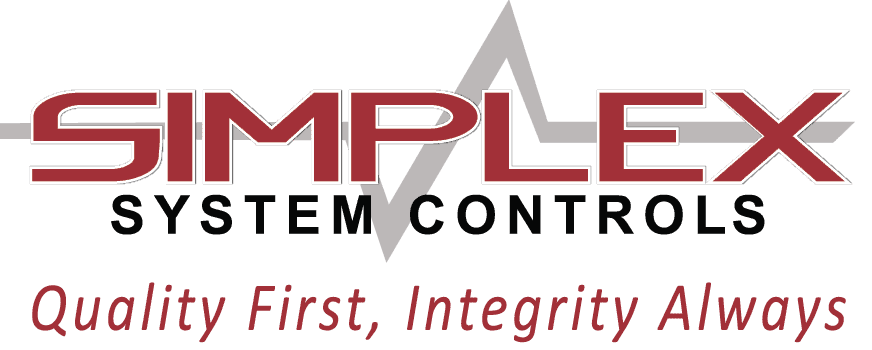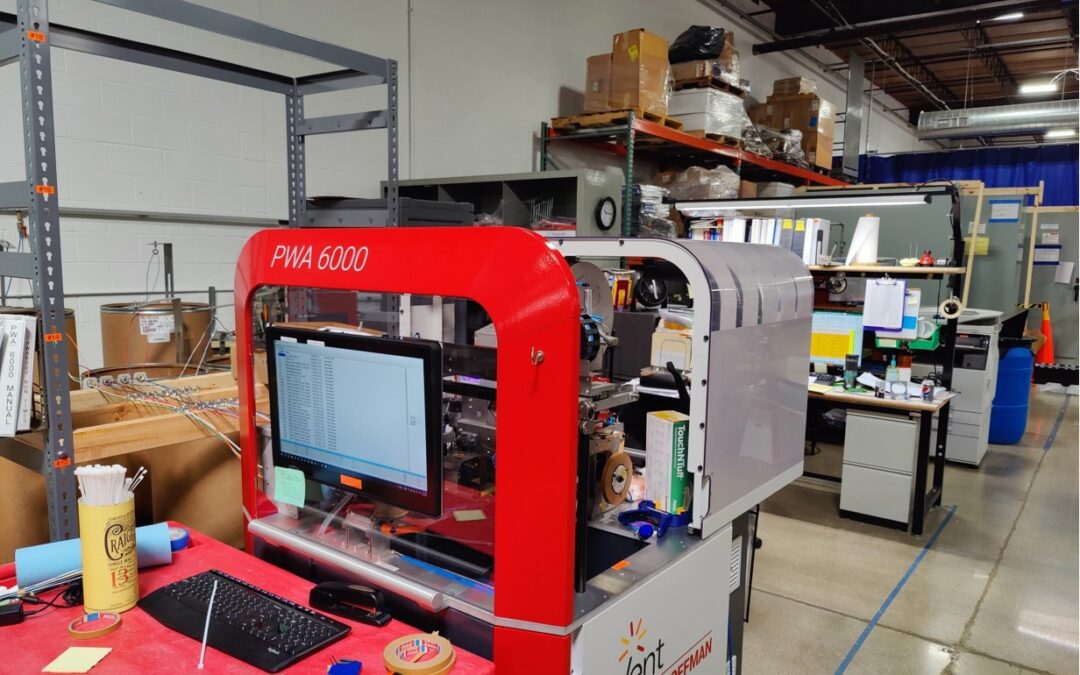Modern Factory Automation
The story of modern factory automation begins in 1782 when Oliver Evans (1755-1819) and two of his brothers bought part of their father’s farm in Delaware. Their plan was to build and operate a grain mill. Oliver, who was an inventor, engineer, and businessman was put in charge of overseeing the project.
By 1785, the brothers’ mill was open for business. Even with the latest equipment available at the time, however, the milling process proved to be too time-consuming and labor intensive to suit Oliver. Costs were high, skilled labor was hard to find, and output was modest. Before long, Oliver became frustrated with the limitations of the traditional milling process and sought a way to improve efficiency, save on labor, and increase the output of flour.
Drawing upon his mechanical background he created machines that, working together, functioned as an integrated and automated production line powered by waterwheels. Grain was fed in at one end of the line and conveyors and chutes passed the grain through the various stages of milling and refining. Finished flour emerged at the end of the production line. Labor was required only to set the entire process in motion.
Oliver had inadvertently created the world’s first fully automated factory. The technology was revolutionary and came to the attention of no less a luminary than George Washington.
Washington first learned of Evans’ invention in 1790 when he reviewed and signed the patent application that Oliver submitted to the newly established United States Patent Office. Washington was so impressed by Oliver’s’ automated system that he licensed it for his own mill at Mount Vernon the following year. Washington’s success with the system (and his enthusiasm for it) was undoubtedly pivotal in the spread of the new technology to other mills throughout the country.
Rise of the Machine—Industrial Automation
Oliver’s grain mill was just the beginning of industrial automation, however. Further developments, including the discovery of steam power, gave rise to the Industrial Revolution and led to advancements in factory automation. In the early years of the 20th Century, the use of electricity to power machinery further accelerated the automation of production lines.
As factories evolved there was also a need for more advanced control mechanisms. In the steam era, electromechanical pneumatic and hydraulic control devices were used. In the latter half of the 20th century, these were replaced by digitally controlled mechanisms. Today, industrial control panels consist of power circuits or control circuits (or both) which provide signals that direct the performance of machinery or equipment.
Of course, control panels are themselves a manufactured product. Ironically, the making of control panels is still largely a manual process. Most operations, including the design, layout, punching and drilling the back panels and enclosures, labeling, and wiring are done by hand. In large part, this is because control panels are custom made for each application.
That’s not to say that automated equipment is never used to manufacture control panels. There are, for example, tools available that help panel designers configure enclosures in a 3D environment with intelligent recommendations for placement of accessories and components.
To prepare enclosures and back panels, CNC machining centers can be used to automate modification of off-the-shelf industrial enclosures as well as the drilling and tapping of the component mounting panel.
There is also new automation equipment available to help with wire preparation. For example, Simplex has invested in a PWA6000 Wire Processing Center. This advanced machine fully automates wire preparation – cutting to length, stripping, ferruling, marking, and bundling.
The PWA600 has an internal, automated wire feed with twelve spools for different wires. An external accessory is available for storage of additional wires that can feed the machine without using the internal spools reducing the switching times. The machine places the ferrules on both sides and marks the wires. The finished wires are placed on adhesive tapes, in a predefined order, to optimize order picking.
It is believed that Simplex is the first panel shop in the United States to purchase and operationalize a PWA600. There was a lot to learn about the PWA600 as well as a period of experimentation and customization (led by Len Dompke) before it was fully integrated into the manufacturing process.
Why Invest in Automation?
Given that there can be hundreds of wires needed for any given panel, the cutting and labeling process can be extremely time-consuming. The PWA600, by fully automating the process of prefabricating wires, optimizes the panel wiring process and helps to ensure consistent and precise quality. Automation is win-win for both the panel manufacturer and the end-user.
The Simplex Advantage
At Simplex, we take pride in building control panels of exceptional quality. Since our founding in 1970, we have built our reputation on the quality of our work, our expertise, and our ability to complete projects on time and on budget.
We seek to add value for our customers every step of the way – by being flexible, responsive, using superior quality testing procedures, and offering UL certification. Integrating modern technology, such as the PWA 600, to improve manufacturing efficiency and contain costs is another way we add value.
To learn more about panel building at Simplex System Controls and how we make a difference for our customers every day contact us at (630) 766-8401.
Manufacturers Simplex System Controls’ Blog is looking to hear from you.
Be next to share your story supporting innovation, quality, or integrity.
If you are an engineer, engineering firm, one of our vendors, or manufacturer and want to collaborate on an article or have an industry story to share, contact our sales and marketing team. Also, reach out if you have strong opinions on this article.
Contact:
Ron Rytlewski, [email protected]
(630) 766-8401

